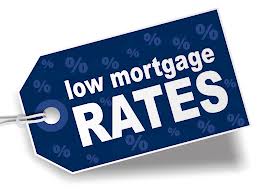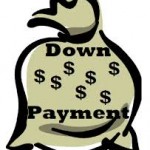Minneapolis, MN: Have you bought a new construction home and been “forced” or offered an incentive to use the builders lender and title company? It is a big problem that has been round for a long time, that the Consumer Financial Protection Bureau is finally getting around to look at.
Many builders offer “incentives” if you use their affiliated companies for mortgage and title se

rvices. While this is technically legal – the promises they make, or how the incentives they offer are structured to consumers in order to close a deal and make a profit are generally not legal.
Builders can give you a discount or an incentive to a home buyer provided you don’t make it up anywhere else in the transaction. But that is the issue. They are always making it up somewhere else. The incentives are rarely “real”.
One example of how this plays out is that when a new home buyer is looking around at other mortgage company or title company options, the builder says he will give you a $4,000 appliance allowance, or $4,000 off closing costs, and their rate today is 3.50% if you use their affiliated company. If you use someone else, they won’t give you the allowance or pay some of your closing costs. Pretty compelling reason to use them.
If you still want to use someone else, it can sometimes get pretty ugly. I’ve heard many customers talk about threats, and even the builder refusing to build the home at all if you use someone other providers.
Once you sign the contract, you are bound to use their affiliated companies.
When the time comes to actually lock the loan 3 to 4 months later, their rate is no longer competitive. I’ve seen the initial offer, which was equal to mind, now be as much as 1/2% higher. By providing the higher rate, they have easily paid for the incentive, and a whole lot more.
The Consumer Financial Protection Bureau (CFPB) last week required that a Texas homebuilder, Paul Taylor, deposit over $100,000 he received in kickbacks from his jointly owned mortgage company into the Treasury. The homebuilder is now banned from future real estate settlement services, including mortgage origination.
The settlement resolves violations of the Real Estate Settlement Procedures Act (RESPA), enforced by the CFPB, which prohibits giving and receiving kickbacks for services, and specifies detailed guidelines for affiliated companies.
Dishonest affiliated business arrangements and kickbacks harm consumers by hampering fair market competition and by unnecessarily increasing the costs of getting a mortgage. The CFPB said they will continue to take action against schemes designed to let service providers profit through unscrupulous and illegal business practices.
Builders beware… The CFPB has you on their radar.
 St Paul, MN: Sales of bank owned foreclosed homes dropped to a 5-year low according to figures compiled by RealtyTrac, Inc.
St Paul, MN: Sales of bank owned foreclosed homes dropped to a 5-year low according to figures compiled by RealtyTrac, Inc.

 Did you know the average cost of originating a mortgage climbed from $2,291 in 2009 to $3,353 in 2013? That’s because today, mortgage lenders must comply with about 350 different federal, state and local rules. Of course those charges are past on to you.
Did you know the average cost of originating a mortgage climbed from $2,291 in 2009 to $3,353 in 2013? That’s because today, mortgage lenders must comply with about 350 different federal, state and local rules. Of course those charges are past on to you.








